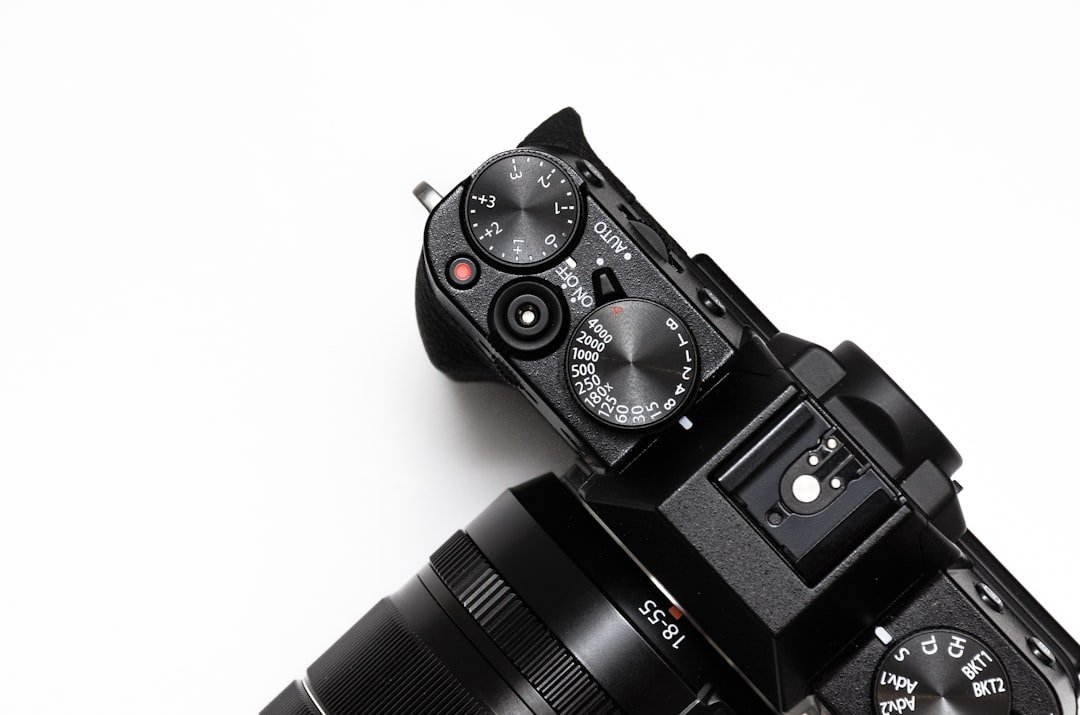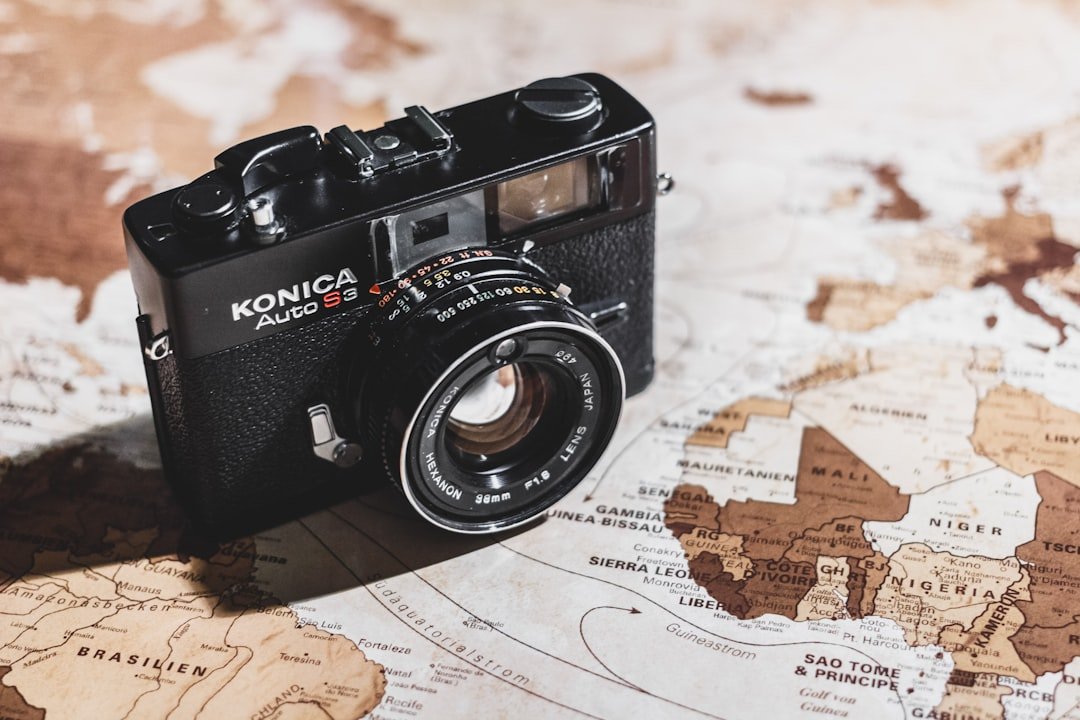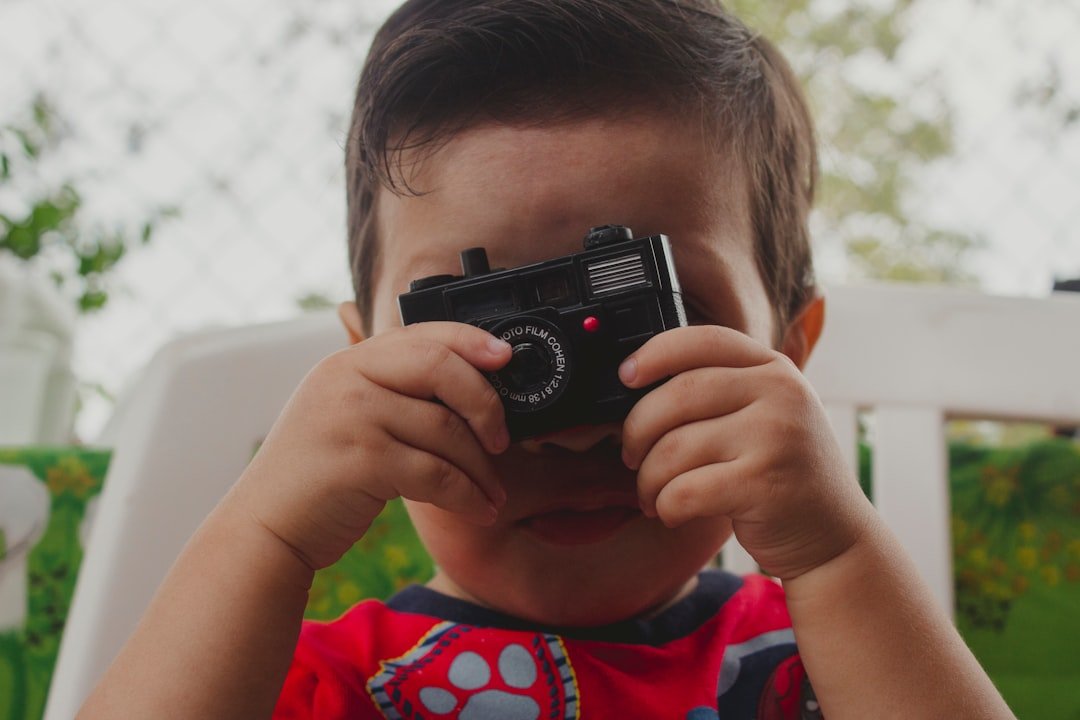Understanding Camera Autofocus: Why Your Smartphone Struggles to Focus
The autofocus (AF) system in your smartphone camera is a marvel of modern
technology. It’s designed to automatically adjust the lens to achieve the
sharpest possible image of your subject. But what exactly is autofocus, and
why does it sometimes fail?
Autofocus, as defined by Wikipedia here, is a feature found in
cameras that automatically adjusts the lens to focus on a subject. It
works by analyzing the image and making adjustments until the contrast is
maximized, indicating that the subject is in focus. This process happens
almost instantaneously, allowing you to quickly capture moments without
manually adjusting the focus.
There are several types of autofocus systems, including contrast-detection
and phase-detection autofocus. Contrast-detection AF, commonly found in
smartphones, analyzes the contrast in the image to determine focus.
Phase-detection AF, often used in higher-end cameras, uses dedicated sensors
to measure the distance to the subject, providing faster and more accurate
focusing.
So, why does your smartphone camera sometimes struggle to focus? Several
factors can contribute to this issue. Dust or smudges on the lens can
obstruct the camera’s ability to accurately analyze the image. Software
glitches or bugs in the camera app can also interfere with the autofocus
system. Additionally, hardware problems, such as a misaligned lens or a
malfunctioning autofocus motor, can cause focusing issues.
As someone who enjoys capturing life’s moments, I’ve experienced my fair
share of autofocus frustrations. From blurry vacation photos to missed shots
of my kids, a malfunctioning camera can be incredibly disappointing.
Understanding the basics of autofocus and the common causes of failure is
the first step toward troubleshooting and fixing these problems.
Step-by-Step Guide: Diagnosing and Addressing Autofocus Issues

Now that we understand the basics, let’s dive into a step-by-step guide to
diagnosing and addressing autofocus issues on your smartphone.
-
Check the Lens: This might seem obvious, but it’s the first and
easiest step. Inspect the camera lens for any dirt, smudges, or
fingerprints. Even a tiny smudge can significantly impact focus. Use a
soft, microfiber cloth to gently wipe the lens. Avoid using harsh
chemicals or abrasive materials, as they can scratch the lens. I always
carry a microfiber cloth in my pocket for this very reason! -
Inspect the Case and Attachments: Sometimes, the problem isn’t the
lens itself, but something obstructing it. Check your phone case to
ensure it doesn’t partially cover the lens or flash. Remove any lens
attachments, such as magnetic lenses or filters, as they can sometimes
interfere with the autofocus mechanism. I once spent an hour trying to
figure out why my photos were blurry, only to realize my case was
slightly misaligned! -
Tap to Focus: Most smartphone cameras allow you to manually set the
focus point by tapping on the screen. Open your camera app and tap on the
subject you want to photograph. This tells the camera where to focus,
overriding the automatic focus. This is especially helpful when
photographing subjects that are close to the camera or when the camera is
struggling to identify the main subject. -
Lock Autofocus: If you’re taking a photo of a moving subject, or if
the camera keeps refocusing, try locking the autofocus. Tap and hold on
the subject in the camera app until you see a “AE/AF Lock” message. This
will lock the focus and exposure on that point, preventing the camera
from refocusing. -
Check the Distance: Smartphone cameras have a minimum focusing
distance. If you’re trying to photograph something too close to the
camera, it may not be able to focus. Try moving the phone slightly away
from the subject. Conversely, if the subject is too far away, the camera
may struggle to focus. -
Clean the Screen: A dirty screen can sometimes appear blurry when
framing a shot. Wipe both the lens and the screen with a microfiber cloth
before taking photos. This simple step can reduce the perception of blur. -
Restart the Camera App: Sometimes, a simple restart can resolve
software glitches that affect camera performance. Close the camera app,
wait a few seconds, and then reopen it. -
Restart Your Phone: If restarting the camera app doesn’t work, try
restarting your entire phone. This can clear temporary files and resolve
minor software issues that might be affecting the camera. -
Update Your Software: Ensure your phone’s operating system and camera
app are up to date. Software updates often include bug fixes and
improvements that can enhance camera functionality. Check for updates in
your phone’s settings. -
Force Stop the Camera App: Go to your phone’s settings, find the
“Apps” or “Applications” section, and locate the camera app. Tap on it
and select “Force Stop.” This can sometimes clear up temporary glitches. -
Clear Cache and Data: In the same “Apps” settings, you can also try
clearing the camera app’s cache and data. Be aware that clearing the data
will reset your camera settings to their defaults. -
Factory Reset (Last Resort): If all else fails, you can try a factory
reset. This will erase all data on your phone, so be sure to back up your
important files first. Go to your phone’s settings and look for the
“Reset” option.
By following these steps, you should be able to diagnose and resolve most
autofocus issues on your smartphone. Remember to be patient and persistent,
and don’t be afraid to try different solutions.
Common Mistakes and How to Avoid Them
Even with the best intentions, it’s easy to make mistakes when
troubleshooting camera autofocus problems. Here are some common pitfalls and
how to avoid them:
-
Not Cleaning the Lens Properly: Many people simply wipe the lens
with whatever is handy, like their shirt or a paper towel. This can
actually scratch the lens or spread smudges. Always use a microfiber
cloth and avoid harsh chemicals. -
Ignoring the Case: As mentioned earlier, cases can be a major
culprit. Don’t overlook this simple fix. Remove the case and test the
camera. -
Assuming It’s a Hardware Problem: While hardware problems are
possible, they’re often the last resort. Start with the software fixes
first, as they’re usually easier and less expensive to implement. -
Not Updating Software: Skipping software updates is a common mistake.
Updates often include bug fixes that can resolve camera issues. Make sure
your phone’s operating system and camera app are up to date. -
Giving Up Too Soon: Troubleshooting can be time-consuming. Don’t give
up after trying just one or two solutions. Work through the steps
systematically. -
Using the Wrong Cleaning Materials: Avoid using any cleaning
solutions that contain alcohol, ammonia, or other harsh chemicals. These
can damage the lens coating. Stick to a microfiber cloth and, if
necessary, a lens-cleaning solution specifically designed for
electronics. -
Not Backing Up Your Data: If you’re considering a factory reset,
always back up your data first. This is crucial to avoid losing your
photos, videos, contacts, and other important information.
I once spent hours trying to fix a blurry camera, only to realize I had
accidentally enabled a macro mode that was causing the blur. Always double-check
your settings!
Additional Tips for Best Results

Beyond the basic troubleshooting steps, here are some additional tips to
help you achieve the best results with your smartphone camera:
-
Use Good Lighting: Good lighting is essential for sharp photos.
Avoid taking photos in low-light conditions, as they can make it harder
for the camera to focus. If possible, use natural light or a well-lit
environment. -
Hold Your Phone Steady: Camera shake can cause blurry photos. Hold
your phone steady when taking pictures, or use a tripod for extra
stability. -
Experiment with Settings: Most smartphone cameras offer various
settings, such as HDR, portrait mode, and manual focus. Experiment with
these settings to see what works best for your needs. -
Use the Right Mode: Choose the appropriate shooting mode for your
subject. For example, use portrait mode for portraits, and macro mode for
close-up shots. -
Take Multiple Shots: Sometimes, the camera might miss the focus on
the first try. Take multiple shots to increase your chances of getting a
sharp photo. -
Avoid Zooming in Too Much: Digital zoom can degrade image quality.
Try to get as close to the subject as possible without using zoom, or use
optical zoom if your phone has it. -
Learn Your Camera’s Features: Take some time to familiarize yourself
with your phone’s camera features. Read the manual or watch online
tutorials to learn about the different settings and modes. -
Consider Third-Party Apps: If your stock camera app isn’t meeting
your needs, consider using a third-party camera app. Some apps offer more
advanced features and settings.
I’ve found that taking the time to learn my phone’s camera features has
significantly improved my photography skills. It’s amazing what you can
achieve with a little practice and experimentation.
Benefits and Expected Outcomes
By following the steps outlined in this guide, you can expect several
benefits and outcomes:
-
Clearer, Sharper Photos: The primary benefit is the ability to
capture clear, sharp photos, free from blur caused by autofocus issues. -
Improved Photography Experience: A functioning camera enhances your
overall photography experience, allowing you to capture memories and
express your creativity without frustration. -
Saved Money: By troubleshooting and fixing the problem yourself, you
can potentially avoid the cost of professional repairs or a new phone. -
Increased Confidence: Successfully resolving camera issues can boost
your confidence in your ability to troubleshoot and maintain your
smartphone. -
Preservation of Memories: A working camera ensures you can continue
to capture important moments in your life, preserving memories for years
to come. -
Enhanced Social Media Presence: Clear, high-quality photos are
essential for social media. Fixing your camera can improve your online
presence and engagement.
The expected outcome is a fully functional camera that allows you to take
great photos. It’s a rewarding feeling to fix a problem and get your
smartphone working as it should.
Advanced Troubleshooting: When to Seek Professional Help

While the steps outlined above can resolve many autofocus issues, some
problems may require professional help. Here’s when it’s time to seek
expert assistance:
Identifying Hardware-Related Issues
If you’ve tried all the software fixes and the camera still won’t focus,
the problem may be hardware-related. Here are some signs of a hardware
issue:
-
Physical Damage: If your phone has been dropped or suffered any
impact, the camera module may be damaged. Look for cracks in the lens,
loose components, or other visible signs of damage. -
Persistent Blurriness: If the camera consistently produces blurry
photos, even after cleaning the lens and trying different settings, there
may be a problem with the lens assembly or autofocus motor. -
No Autofocus Functionality: If the camera completely fails to
autofocus, even when tapping on the screen, there may be a malfunction in
the autofocus system. -
Error Messages: If you receive error messages, such as “Camera
Failed” or “Cannot Connect to Camera,” there may be a hardware or
software issue that requires professional diagnosis. -
Unusual Noises: If you hear unusual noises, such as clicking or
scratching sounds, when using the camera, there may be a problem with the
lens mechanism.
I once dropped my phone and the camera stopped focusing. I tried all the
software fixes, but nothing worked. It turned out the lens assembly was
misaligned, and I needed to take it to a repair shop.
Finding a Qualified Repair Technician

When you need professional help, it’s essential to find a qualified and
trustworthy repair technician. Here’s how to find a good one:
-
Read Reviews: Check online reviews and testimonials to get an idea
of the technician’s reputation and customer satisfaction. -
Ask for Recommendations: Ask friends, family, or colleagues for
recommendations. -
Check Certifications: Look for technicians who are certified by
reputable organizations. -
Inquire About Experience: Ask about the technician’s experience
repairing smartphone cameras. -
Get a Quote: Get a quote for the repair before committing to the
service. - Ask About Warranty: Make sure the repair comes with a warranty.
I always research repair shops thoroughly before entrusting them with my
phone. It’s worth taking the time to find a reputable technician.
What to Expect During a Professional Repair
During a professional repair, the technician will typically:
-
Diagnose the Problem: The technician will diagnose the problem to
determine the cause of the autofocus issue. -
Disassemble the Phone: The technician may need to disassemble the
phone to access the camera module. -
Inspect the Components: The technician will inspect the camera
module and other related components for damage or malfunction. -
Repair or Replace Parts: The technician will repair or replace any
damaged or malfunctioning parts, such as the lens assembly, autofocus
motor, or camera sensor. -
Reassemble the Phone: The technician will reassemble the phone and
test the camera to ensure it’s working correctly.
The repair process can take anywhere from a few hours to a few days,
depending on the complexity of the problem and the availability of parts.
Camera Autofocus Problems: Frequently Asked Questions

Here are some frequently asked questions about camera autofocus problems:
-
Why is my iPhone camera not focusing?
The most common reasons are a dirty lens, a problem with the case or
attachments, incorrect focus settings, software glitches, or hardware
issues. -
How do I fix a blurry camera on my Android phone?
Start by cleaning the lens, checking the case, tapping to focus, and
locking autofocus. If that doesn’t work, try restarting the camera app
and your phone, updating the software, and clearing the cache and data. -
What should I do if my camera won’t focus after a software update?
Try restarting your phone and the camera app. If that doesn’t work,
check for any new updates and consider clearing the camera app’s cache
and data. -
When should I take my phone to a repair shop?
If you’ve tried all the software fixes and the camera still won’t
focus, or if you notice physical damage, error messages, or unusual
noises, it’s time to seek professional help. -
Can I fix a broken camera lens myself?
While you can clean the lens and try some software fixes, it’s generally
not recommended to attempt to repair a broken camera lens yourself,
especially if you don’t have experience with phone repairs. You could
cause further damage.
